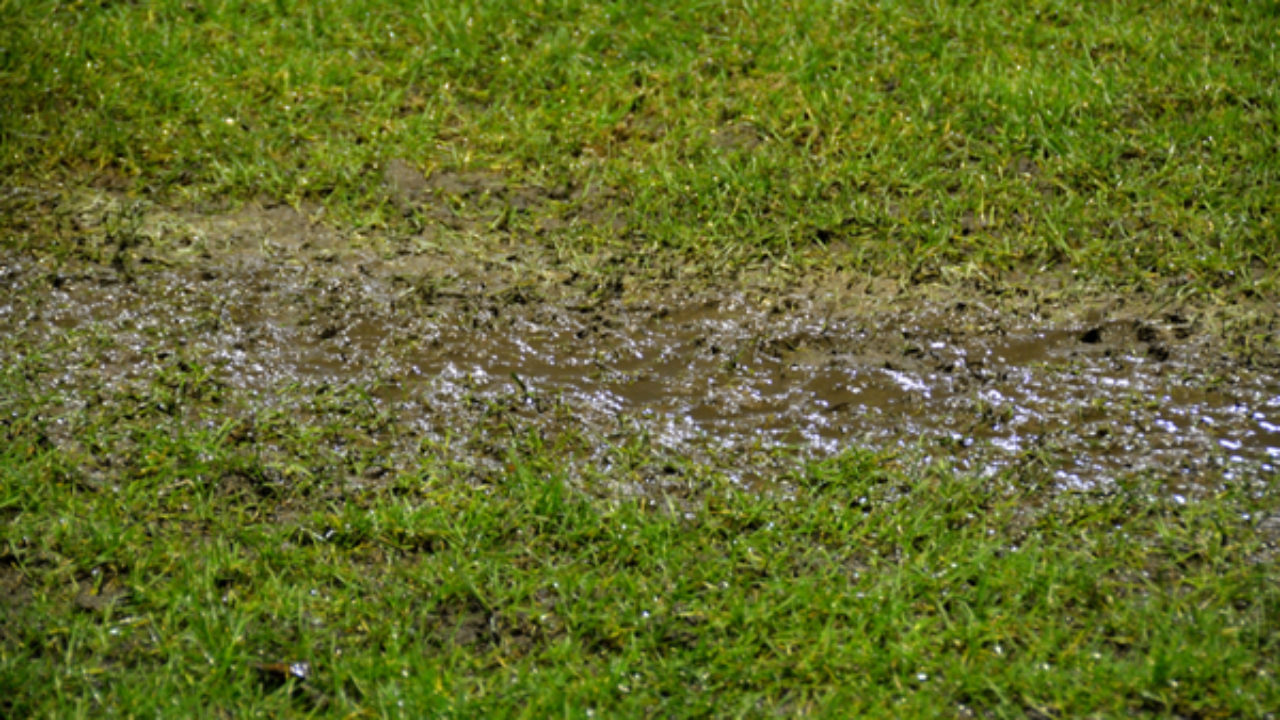Overview To Water Leak Detection At Home
Overview To Water Leak Detection At Home
Blog Article
What're your opinions about Leaking water lines?

Early detection of dripping water lines can mitigate a potential disaster. Some little water leaks may not be noticeable.
1. Analyze the Water Meter
Checking it is a proven way that helps you uncover leaks. If it relocates, that shows a fast-moving leak. This indicates you might have a slow-moving leak that can even be below ground.
2. Check Water Consumption
If you identify abrupt adjustments, in spite of your intake being the very same, it suggests that you have leaks in your plumbing system. An unexpected spike in your costs shows a fast-moving leak.
A steady rise every month, also with the same behaviors, reveals you have a slow-moving leakage that's also gradually intensifying. Call a plumber to thoroughly check your property, particularly if you really feel a cozy area on your floor with piping underneath.
3. Do a Food Coloring Test
When it comes to water consumption, 30% comes from toilets. If the shade somehow infiltrates your bowl during that time without flushing, there's a leakage between the tank and dish.
4. Asses Outside Lines
Don't neglect to inspect your outdoor water lines as well. Needs to water seep out of the connection, you have a loose rubber gasket. One tiny leakage can lose heaps of water and also increase your water costs.
5. Examine the situation and also examine
Homeowners need to make it a behavior to check under the sink counters and even inside cupboards for any type of bad odor or mold growth. These two red flags suggest a leak so timely attention is required. Doing routine examinations, also bi-annually, can conserve you from a significant issue.
Inspect for discolorations and also weakening as most pipes and devices have a life expectations. If you think dripping water lines in your plumbing system, do not wait for it to rise.
Early detection of leaking water lines can alleviate a prospective disaster. Some little water leaks might not be visible. Examining it is a guaranteed means that assists you discover leaks. One little leak can throw away tons of water as well as increase your water bill.
If you believe leaking water lines in your plumbing system, don't wait for it to escalate.
WARNING SIGNS OF WATER LEAKAGE BEHIND THE WALL
PERSISTENT MUSTY ODORS
As water slowly drips from a leaky pipe inside the wall, flooring and sheetrock stay damp and develop an odor similar to wet cardboard. It generates a musty smell that can help you find hidden leaks.
MOLD IN UNUSUAL AREAS
Mold usually grows in wet areas like kitchens, baths and laundry rooms. If you spot the stuff on walls or baseboards in other rooms of the house, it’s a good indicator of undetected water leaks.
STAINS THAT GROW
When mold thrives around a leaky pipe, it sometimes takes hold on the inside surface of the affected wall. A growing stain on otherwise clean sheetrock is often your sign of a hidden plumbing problem.
PEELING OR BUBBLING WALLPAPER / PAINT
This clue is easy to miss in rooms that don’t get much use. When you see wallpaper separating along seams or paint bubbling or flaking off the wall, blame sheetrock that stays wet because of an undetected leak.
BUCKLED CEILINGS AND STAINED FLOORS
If ceilings or floors in bathrooms, kitchens or laundry areas develop structural problems, don’t rule out constant damp inside the walls. Wet sheetrock can affect adjacent framing, flooring and ceilings.
https://www.servicemasterbyzaba.com/blog/how-to-detect-water-leakage-in-walls/

I'm just very inquisitive about Locating water leaks and I'm hoping you enjoyed reading the entry. Feel free to set aside a second to distribute this entry if you liked it. Thanks for your time spent reading it.
Report this page